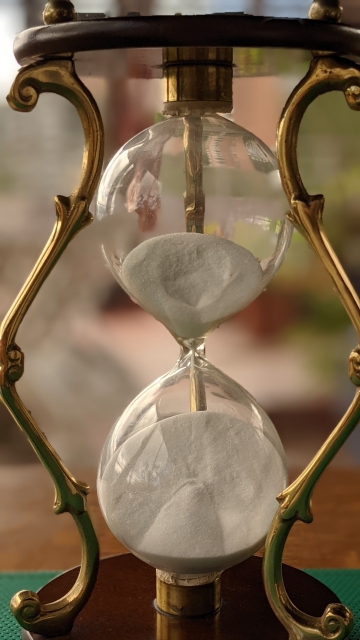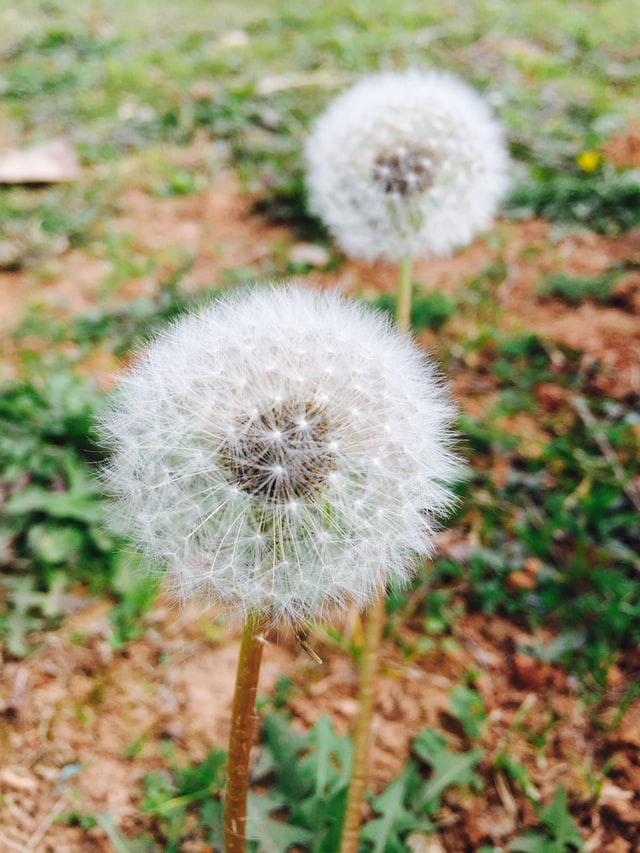Life is much like an enormous hourglass which represents time. Within it, we can see all the time passing before us on the bottom, and all the time yet to come on the top.

We are like a single grain of sand in this hourglass of eternity and it could be said our life starts as we pass through the narrow neck in the apparatus. As we are born, we are led first on a wild fall, as gravity takes us down. When we reach the bottom part, we slip and slide for awhile, before eventually coming to rest; where unless someone turns over the hourglass, we will remain until the end of time.
Consider also that everything, animate or not, also is an hourglass of time. The computer I now type on, the pens and paper by my side, along with everyone I have ever known or now know, is also subject to a beginning an an end.
Have you ever considered that every single thing in turn is also like its own individual hourglass?
Might it be that when we have kids that we create another hourglass which somehow also contains part of us?
What about a teacher who has particularly influential over his/her students, or a neighbor who has been helpful to others?
What about a loved one who is gone but who still comes to mind frequently to with words of wisdom and advice, despite having passed away?
Could it be this is somehow what is meant by eternity?
Might it be that as long as people think about us that our own hourglass of time is somehow turned over again and again?
Certainly, I do not know the absolute answers to these questions, yet I can ponder upon our own existence just as well as any other. As I consider this great question, if there is one universal truth remaining true between most religions and politics, it is that good deeds should be done to reap positive rewards.
Perhaps each time we do a good deed, we are rewarded with a bit more sand in our own hourglass of time and for each bad deed some is taken away. Though somehow this doesn’t seem to me to be so likely.
So too from where we once came, so too surely we will one day go. Ashes to ashes and dust to dust is what they say. It seems to me we may all simply be a small grain of sand in the great hourglass of eternity.
Though we may be ever so small in the great scheme of things, we too can make the most of our own hourglass of time by making the most of each and every moment.
∞ Rob McBride ∞
20 Sep 2021
LL V 15








